The Meaning of Haft seen for Persian Nowruz
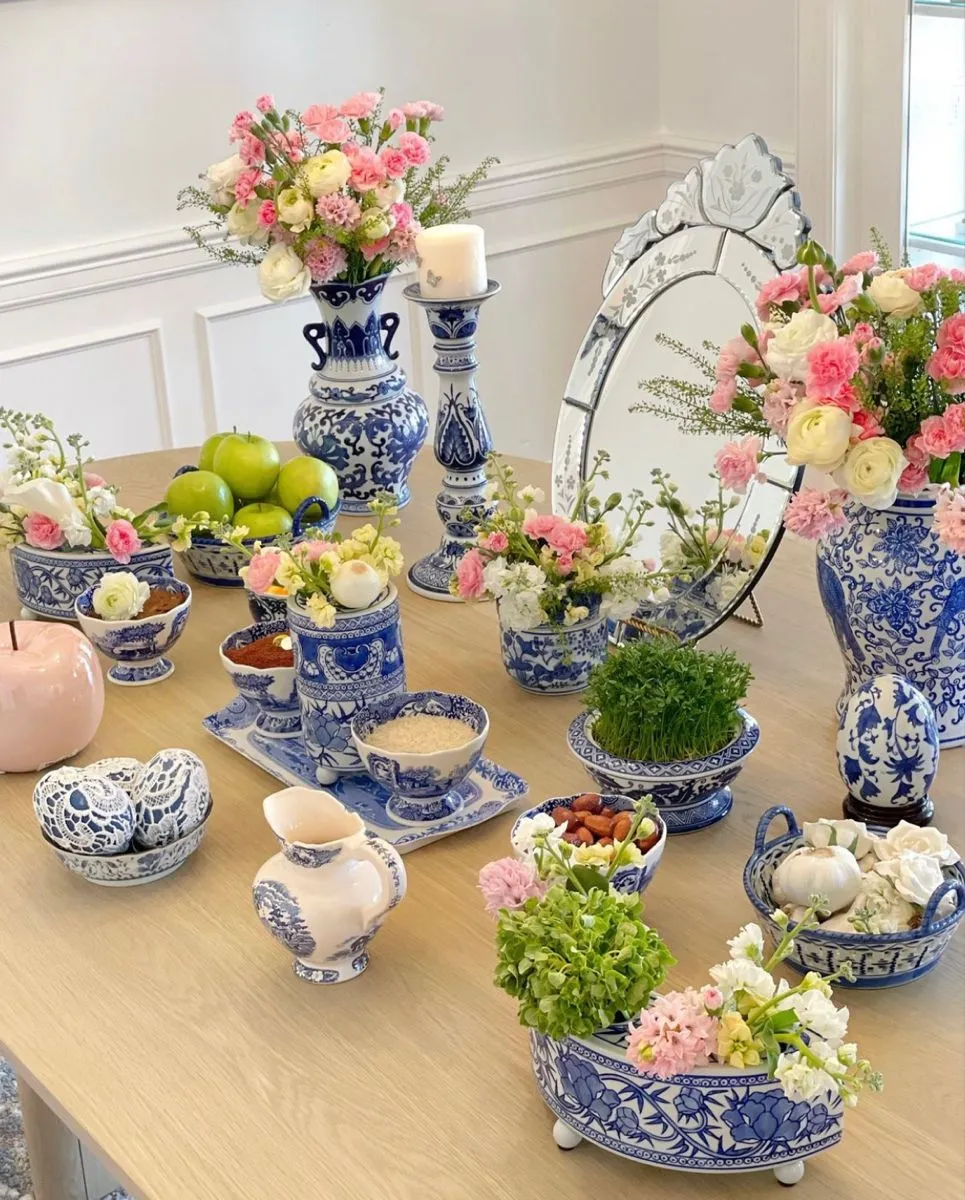
- m.farzin81
- 3 February 2025
- Blog
- 4 minutes
Ever wondered why a table full of random-looking stuff like garlic, apples, and a goldfish shows up in Persian homes around March? Yeah, same here—until I dug into the magic behind it. That setup is called “Haft-Seen,” and it’s way more than a pretty table. It’s the soul of Nowruz, the Persian New Year, and every item on it tells a story—about hope, life, love, and a fresh start. Stick around, because we’re about to unpack the beautiful meaning behind each piece, one symbol at a time.
The Meaning of Nowruz and Haft seen in Persian New year Culture
Nowruz and Haft seen is one of the most symbolic and cherished traditions of Persian new year celebrations. For Nowruz and new year, Iranian are broadened a beautifully arranged table setting consists of seven items starting with the Persian letter “س” (S), each holding a deep-rooted meaning in Iranian history, beliefs, and customs. But what does each element symbolize, and why is it such a beloved tradition?
In this article, we dive into the philosophy of Haft Seen, exploring its historical significance, symbolic elements, and connection to nature and Persian culture.
Nowruz and the Significance of Haft-seen in Persian Culture
Nowruz: A Celebration of Renewal and Hope
The meaning of Nowruz is “New Day,” marks the beginning of the Persian New Year and has been celebrated for thousands of years. This ancient festival signifies rebirth, hope, and the arrival of spring. The traditions of Now Roz are deeply connected to nature, symbolizing new beginnings and prosperity.
Why is it important?
The Haft seen table represents a spiritual and cultural connection between humans, nature, and the divine. Each item placed on the table carries profound meaning, from health and wealth to patience and wisdom. Over generations, this tradition has become a symbol of Iranian identity and values.
Nowruz in Persian Literature and Art
Haft seen in Persian Poetry
Persian poets like Hafez, Saadi, and Ferdowsi frequently reference Nowruz and Haft seen in their poetry. Hafez beautifully captures the spirit of the Persian New Year in his verses:
“Saqi, let the cup of happiness flow, for Nowruz brings joy and a new dawn.”
The Influence of Seven-item display in Persian Art
From miniature paintings to modern art, It has inspired Persian artists for centuries. The intricate arrangements of It has been depicted in countless artistic creations, showcasing the rich cultural heritage of Persian New Year celebrations.
The Historical and Philosophical Roots of Haft seen
Haft seen in Ancient Times
Historians believe that Seven-item display originates from Zoroastrian traditions. Ancient Iranians would set up a table with symbolic foods and objects to welcome the new year with blessings of prosperity and abundance. Over time, this practice evolved into what we now recognize as the Haft Seen table.
The Sacred Number Seven
The number seven holds great significance in Persian culture and beyond. It represents perfection and spirituality in many ancient civilizations. In Zoroastrianism, the seven Amesha Spentas (holy immortals) symbolize different aspects of divine creation. The tradition of selecting seven symbolic items for Nowruz is deeply rooted in this mystical belief.
The Seven Essential Elements of Seven-item display and Their Meanings
Each of the Haft seen items represents a specific aspect of life and nature, Iranian design a Haft seen table and are greeting to Nowruz and new year :
- Seeb (Apple): Symbolizes health and beauty
- Samanou (Wheat Pudding): Represents strength and abundance
- Senjed (Dried Lotus Fruit): Symbolizes wisdom and love
- Sir (Garlic): Represents protection and good health
- Serkeh (Vinegar): Stands for patience and longevity
- Sabzeh (Sprouts or Greenery): Symbolizes renewal and growth
- Somāq (Sumac): Represents sunrise and the triumph of light over darkness
Additional Elements on the Haft seen Table
Many Persian families add extra elements to their Nowruz Seven-item display, each carrying its own significance:
- Holy Book (Quran or Hafez’s Divan): For divine blessings
- Mirror: Symbolizing clarity and self-reflection
- Candles: Representing light and enlightenment
- Colored Eggs: A symbol of fertility and new beginnings
- Goldfish: Representing life and movement into the new year
Modern Adaptations of Nowruz and Haft seen in Contemporary Times
An Evolution in the Digital Age
With globalization, Nowruz and It has become a global tradition for Persians worldwide. Today, families personalize their Haft Seen tables, adding modern items like banknotes (symbolizing wealth) and chocolates (representing the sweetness of life).
Preserving Tradition in a Modern World
Despite modern influences, Persian Nowruz traditions remain strong. The Haft seen table continues to be a symbol of unity and cultural pride, passed down through generations.
FAQs About Nowruz, Haft seen, and Persian New Year
What is the significance of Seven symbolic items in Nowruz?
It represents rebirth, health, and prosperity in Persian New Year celebrations. Each item symbolizes a vital aspect of life.
Why are there seven items in Seven symbolic items?
The number seven is considered sacred in Persian culture, representing divine elements, spirituality, and blessings.
Can I buy a complete it online?
Yes! Persis Collection offers beautifully curated It sets with worldwide delivery.
When should I set up my Haft seen table?
It is traditionally arranged before Nowruz (March 20-21) and remains displayed for thirteen days.
What is the meaning of goldfish in Haft sin?
The goldfish symbolizes life, movement, and the transition into the new year.
Is it only celebrated in Iran?
No! Persians worldwide, including in the USA, Canada, and Europe, set up Seven symbolic items tables to celebrate Nowruz.
Where can I find Persian handicrafts for Nowruz?
Visit Persis Collection for a stunning collection of Persian handicrafts, thses items, and Nowruz decorations.
What other traditions are part of Nowruz?
Other traditions include Chaharshanbe Suri (fire-jumping festival), Sizdah Bedar (nature day), and Eidi (gift-giving).
How long does Nowruz last?
Nowruz celebrations last 13 days, ending with Sizdah Bedar, when families go outdoors to embrace nature.
Can I personalize my Haft seen table?
Absolutely! Many families add personal touches like photos, symbolic gifts, and handwritten wishes.







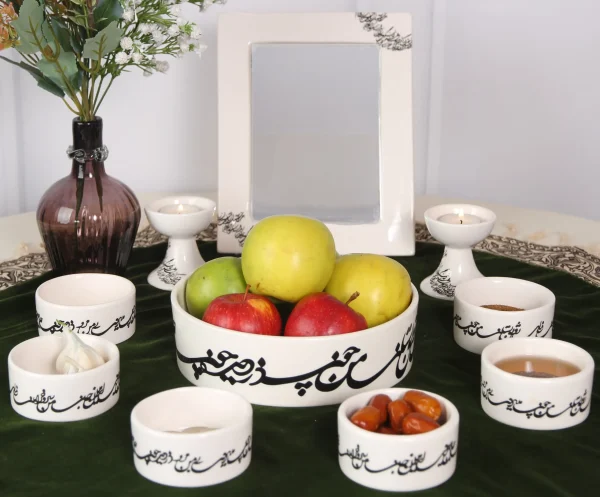
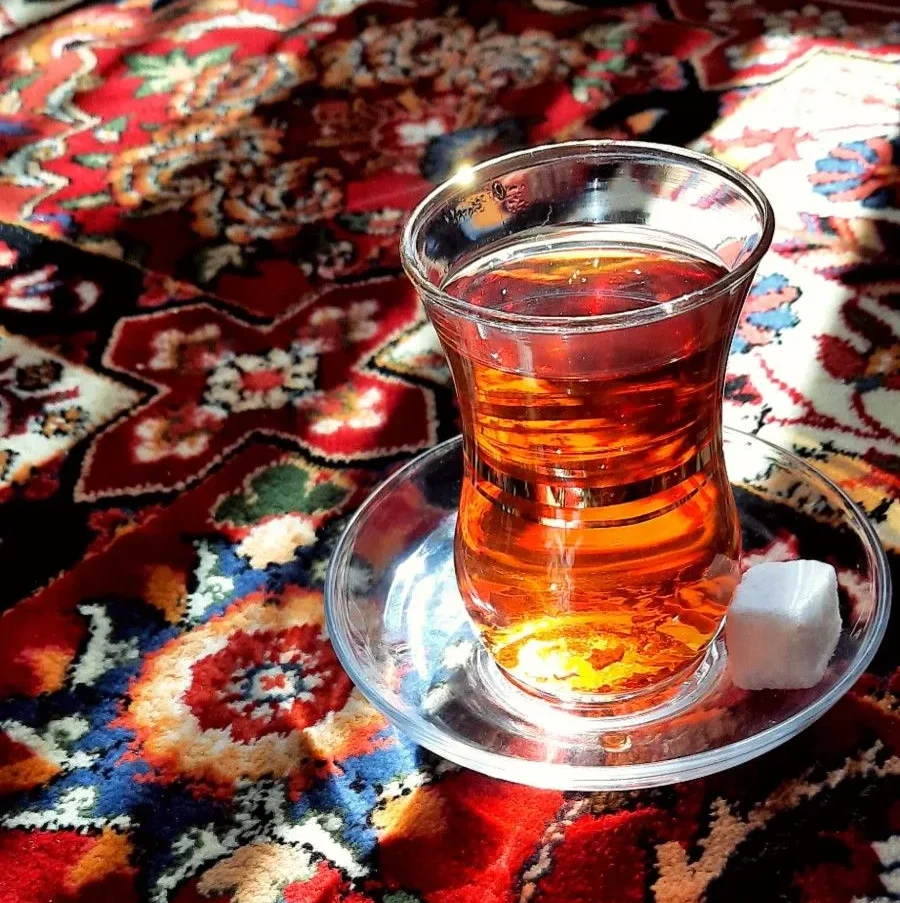
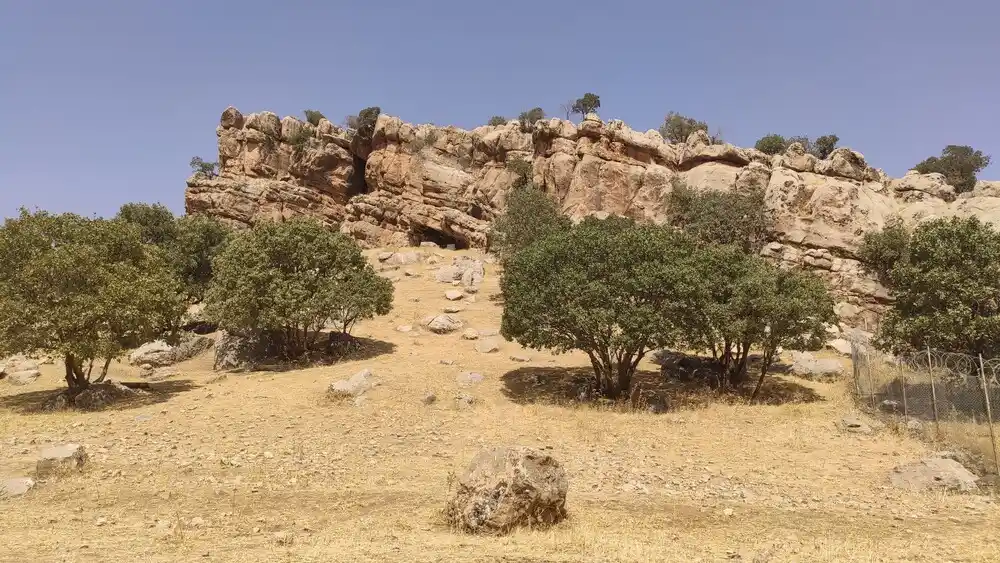
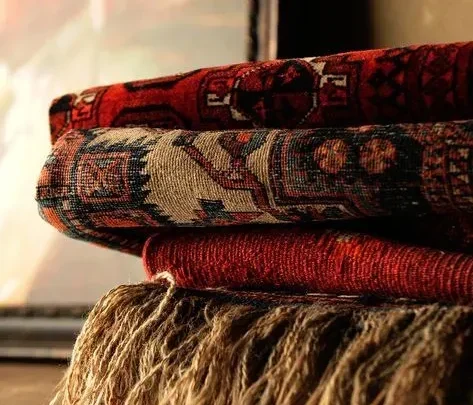
Comments